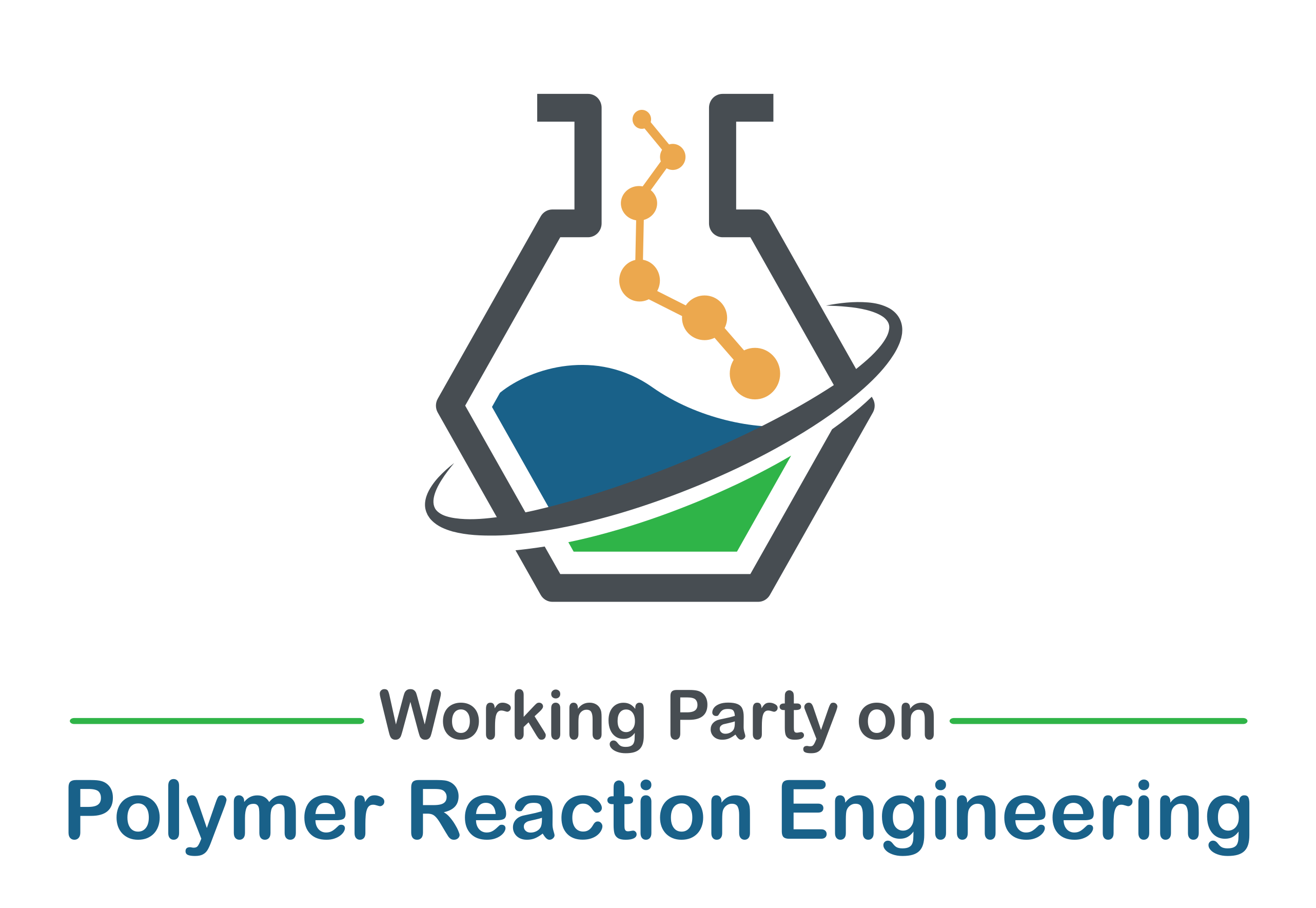GPC allows the determination of the molecular weight distribution of polymers. Here, the macromolecules are separated according to their hydrodynamic volume.
Our modern high-temperature system operates with trichlorobenzene at 150 °C and is able to provide us with additional detailed information on the polymeric microstructure via triple detection (concentration, viscosity and light scattering detector).
In the room-temperature system tetrahydrofuran is used at 40 °C as solvent. This system is particularly suitable for the analysis of easily soluble or low molecular weight polymers (waxes).
The MFI (melt flow index) of a polymer is a measure which describes the melt flow behavior of polymers. Corresponding to the respective DIN-norm, the polymer melt is kept at constant temperature and is pressed through a nozzle by a constant weight. The melt flow index itself is a complex parameter, among others, it is a function of the architecture of the polymer. This includes the molecular weights, their distribution, branching and the comonomer content. The melt flow index is an indicator regarding the processability of polymers, it therefore is an important measure of quality control in the industry.
Similar to Transitiometry DSC is used to perform caloric measurements under normal pressure. Main applications are the determination of melting point and crystallinity.
IR allows the detection of infrared active groups in the polymer. These may be part of monomers or end groups. Possible applications therefore include the determination of copolymer composition or end group analysis.
The differential refractometer is employed to measure the refraction of polymers in solution (refractive index increment). This is essential for an accurate evaluation of static light scattering, which is important for our light scattering detector in high temperature GPC. Measurements may be conducted in common GPC solvents (e.g. THF, 1,2,4-TCB) at temperatures between 30 to 160°C. The wavelength is set to a 660 nm laser, which corresponds to the employed light scattering detector.
NMR measurements are done in cooperation with the analytical laboratory of the chemistry department or the NMR centre.












